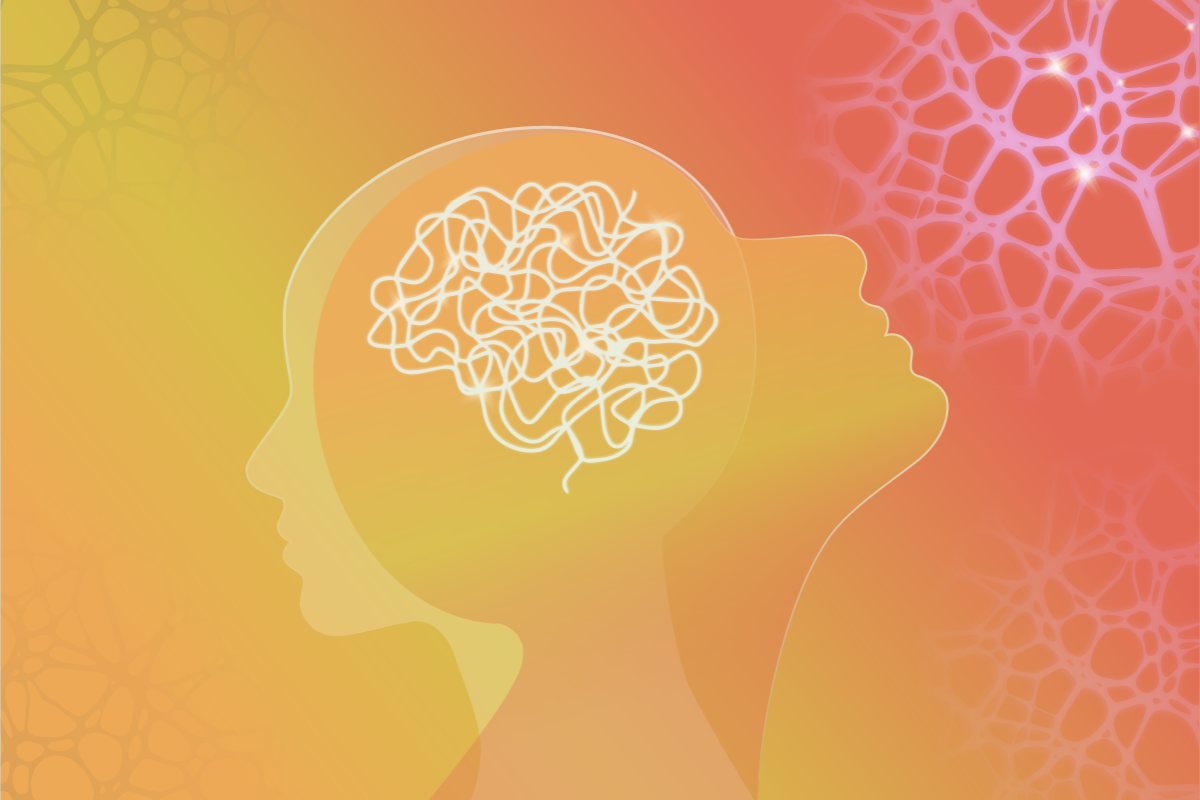Games hold a safe space to swap a Lockdown Mindset for an ever-evolving one of Future Mastery.
Tough conversations abound in a world recovering from a global scale pandemic yet many people engaging in them are overwhelmed by change and unknowns, or perhaps locked in the sadness of lost opportunities.
So how do we tap into the minds and hearts of people who are vulnerable in conversations about finding new ways of moving forward when they can barely move?
The answer? To connect with the curious child that is lying dormant inside them - the being who is curious about what new ways they can experience the world.
Well-designed games can successfully introduce Hard Facts and then generate discussion about it and because they are engaging in the subject in a nonthreatening and nonjudgemental way. When people have fun and not being judged, they are more willing to engage with an open mindset and they will also be able to learn from errors in the engagement. And any hard learning won’t remain in memory long unless it is emotionally significant or engaging.
Researcher James S Moser found that an unengaged mind is closer to a Fixed Mindset and is not open to change. This is especially so when discussing Hard Facts or learning about New Stuff, for they are more likely to ignore or argue against it, than explore to learn. Depending on the openness of the context and their current state, people often respond to Hard subjects with stoicism or silently withdrawing to an internal comfort bubble ignoring the flow of words.
Six key elements that engage people to develop and grow.
Terry Pearce of Untold Play names the Six Key Levers in an effective learning game. We link these with Social Emotional Learning (SEL) approach.
He calls these imperatives and says we need to continually ask ourselves:
‘Are we doing enough of each? Can we improve things by doing more?
Six Key Levers in SEL Games aim to:
Put the learner at the centre - holding a safe space, from where they are right now - no spectators
Set an Open challenge - no right answer, so, no fear of judgement
Let them explore - to build autonomy for independent discovery
Let them fail (little and often) - to learn mastery to help solve it next time
Give them meaningful (big) choices - to build self-efficacy for an ever-emerging world
Nudge them towards effective behaviours - evolving habits aligned with potential future needs.
Further reading
Moser, J. S., Schroder, H. S., Heeter, C., Moran, T. P., & Lee, Y.-H. (2011). Mind your errors: Evidence for a neural mechanism linking growth mind-set to adaptive post-error adjustments. Psychological Science, 22, 1484–1489.
https://doi.org/10.1177/0956797611419520Paunesku, D., Walton, G. M., Romero, C., Smith, E. N., Yeager, D. S., & Dweck, C. S. (2015). Mind-set interventions are a scalable treatment for academic underachievement. Psychological Science, 26, 784–793.
https://doi.org/10.1177/0956797615571017Yeager, D. S., Hanselman, P., Walton, G. M., Murray, J. S., Crosnoe, R., Muller, C., … Dweck, C. S. (2019). A national experiment reveals where a growth mindset improves achievement. Nature, 573, 364–369.
https://doi.org/10.1038/s41586-019-1466-yThe Mechanics of Plots in Peek: Ludogogy, by Evan Raskob 2021
Kleiner, Art. The Man Who Saw the Future. Strategy+Business, Issue 30. (Feb. 12, 2003). Online: https://www.strategy-business.com/article/8220?gko=0d07f
Learning games can achieve more with less: a love-letter to simplicity in game design by Terry Pearce of Untold Play
The six levers of games-based learning: what makes learning games effective? by Terry Pearce of Untold Play
Booker, Christopher. The Seven Basic Plots: Why We Tell Stories. London: Bloomsbury. 2005.
Harmon, D. Story Structure 101: Super Basic Shit. 2013. Online: https://channel101.fandom.com/wiki/Story_Structure_101:_Super_Basic_Shit (Retrieved June 1, 2020)
Hassler-Forest, Dan. Science Fiction, Fantasy, and Politics: Transmedia World-Building Beyond Capitalism. Rowman & Littlefield, 2016.
Zaidi, Leah. “Worldbuilding in Science Fiction, Foresight and Design.” Journal of Futures Studies, June 2019, 23(4): 15–26


